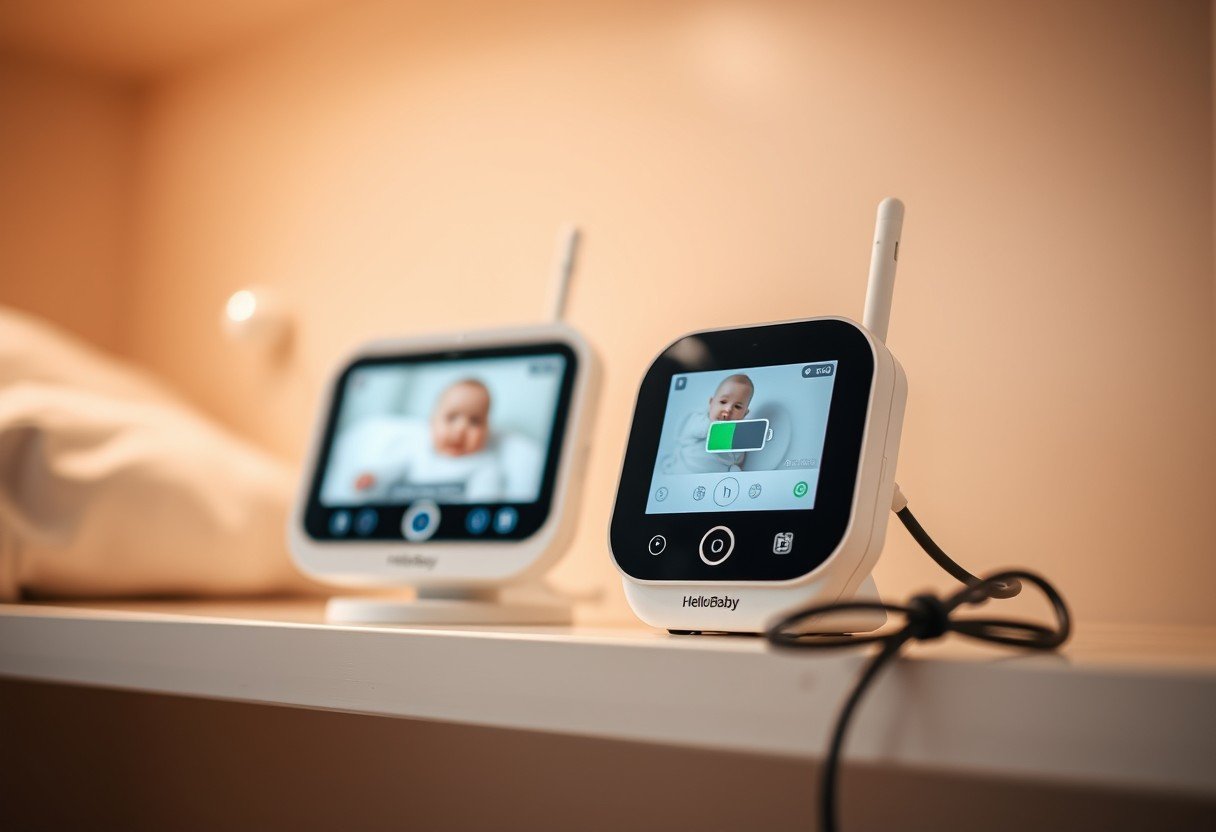Planning a trip to Japan or just curious about its culture? Exploring the nation’s favorite hobbies offers a unique window into its society. From the futuristic world of robotics and video games to the serene tradition of gardening, Japanese pastimes are incredibly diverse. These activities are deeply woven into the daily lives of millions and provide fun ways for anyone to understand what makes Japan so special.
The Enduring Appeal of Japanese Anime
Anime, the iconic Japanese animation style, first emerged in the 1960s. It began with simple cartoon-style filming and synced voice acting, but quickly evolved into a global cultural powerhouse. This art form is loved by people of all ages, both in Japan and around the world.
The very first full-length anime film was actually a wartime propaganda piece called Momotaro: Umi no Shinpei. Commissioned by the Japanese navy, it featured animal characters and was the first animated movie to use cels, a groundbreaking technique at the time.
Today, anime is a massive industry that covers every genre imaginable, from action and romance to complex science fiction. It is a significant part of modern Japanese culture and a major global export.
More Than a Sport: The Intensity of Pro Wrestling
While Japan loves many sports, pro wrestling holds a special place in the hearts of its fans. Competitions are held in cities across the country and are broadcast to millions of viewers. The style is very different from what you might see in the United States.
Japanese pro wrestling is treated with the seriousness of a real sport. While it is choreographed, it features much less of the dramatic acting common in American wrestling. The focus is on the athletic competition and the “fighting spirit” of the competitors.
Fans become deeply invested in the backstories and treat the matches as legitimate fights. This approach creates an incredibly intense and respectful atmosphere at live events, making it a must-see experience.
A Future Forward: Japan’s Fascination with Robots
Japan is a world leader in robotics research and development, making it one of the largest national investments. The country’s demand for robots in various sectors is incredibly high, and the market is filled with some of the most advanced robotic products ever created. Some are so sophisticated they can seem almost scary.
The Japanese government has fully embraced this technological push. Prime Minister Abe even proposed hosting a “Robotics Olympics” alongside the traditional Olympic Games. This forward-thinking attitude has been a key driver of the nation’s economic success.
Robots are already integrated into many parts of Japanese society, performing jobs in manufacturing and healthcare. This trend is expected to continue, influencing everything from the nation’s pension system to how elderly care is provided in the future.
From Arcades to Esports: The World of Video Games
Video games are one of the most popular pastime activities in Japan, a country that pioneered many of the genres we love today. The gaming culture is so significant that the government is now considering creating official esports competitions, with universities like JeSU in Tokyo leading the charge.
Many famous games are deeply rooted in Japanese culture. This connection gives players a unique way to learn about the country’s traditions and aesthetics.
- Beat ’em ups: Japan is considered the pioneer of this genre, with classic series continuing to be popular.
- Fighting Games: Titles like Tekken have Japanese roots and feature characters with distinct martial arts styles that attract a global fanbase.
- Role-Playing Games (RPGs): Japanese RPGs are famous for their deep storytelling and unique art styles.
The global impact of Japanese gaming is undeniable. Tokyo even hosted a major $460,000 esports event in 2019, showing its commitment to the future of competitive gaming.
The Loud and Lucrative World of Pachinko
Invented in Nagoya in 1948, Pachinko is a mechanical gambling game that has become a cultural and economic giant. It’s a type of vertical pinball machine where players try to capture small steel balls to win prizes. The sound of thousands of balls clattering at once is a defining feature of Japanese city life.
The scale of the Pachinko industry is astonishing. It generates more revenue than the top ten automakers combined and accounts for about 4% of Japan’s total GDP. Despite its classification as a game, it functions as a form of gambling, with players exchanging prizes for cash at a separate counter.
A recent survey revealed that nearly half of all Japanese people spend some of their free time playing Pachinko. While historically linked to the yakuza, the industry is now more mainstream, with modern parlors found in every town and city.
Finding Peace and Beauty in Japanese Gardening
Japanese gardens are a traditional pastime focused on peace, nature, and artistry. Their style has evolved over centuries, with each historical period—from the Asuka to the Edo period—adding its own unique elements. These gardens are designed to be tranquil spaces for strolling and reflection.
During the Meiji period, many formerly private gardens were opened to the public, becoming city parks. These newer parks often blend traditional Japanese designs, like ponds and large rocks, with elements of Western gardening.
A great example is the Himeji Botanical Garden, located next to the famous Himeji Castle. It features nine distinct mini-gardens, a teahouse, and a shrine, offering visitors a perfect place to experience this serene and beautiful part of Japanese culture.
Frequently Asked Questions about Pastimes in Japan
What exactly is Pachinko and is it legal?
Pachinko is a mechanical game similar to pinball that is a form of recreational gambling. It operates in a legal gray area, as direct cash gambling is illegal in Japan. Players win prizes or tokens in the parlor, which they can then exchange for cash at a separate, legally distinct establishment nearby.
How is Japanese pro wrestling different from American WWE?
Japanese pro wrestling, or “puroresu,” is presented more like a legitimate combat sport. It emphasizes physicality, martial arts, and the “fighting spirit” of the wrestlers over the dramatic storylines and elaborate characters common in American wrestling.
Why are robots so important in Japanese culture?
Robots are seen as a solution to some of Japan’s biggest challenges, including a shrinking workforce and an aging population. They are also deeply integrated into popular culture through anime and manga, leading to a general public acceptance and fascination with robotics technology.
What is the best way to experience a Japanese garden?
The best way is to visit one in person and take a slow, leisurely stroll. Many famous gardens, like those in Kyoto or the Himeji Botanical Garden, have teahouses where you can sit, relax, and enjoy the carefully designed scenery.
Is anime just for children in Japan?
Not at all. In Japan, anime is a respected art form with a huge variety of genres that appeal to all ages, from young children to adults. There are complex, mature stories in anime that cover themes of philosophy, politics, and romance, much like live-action films.








Leave a Comment